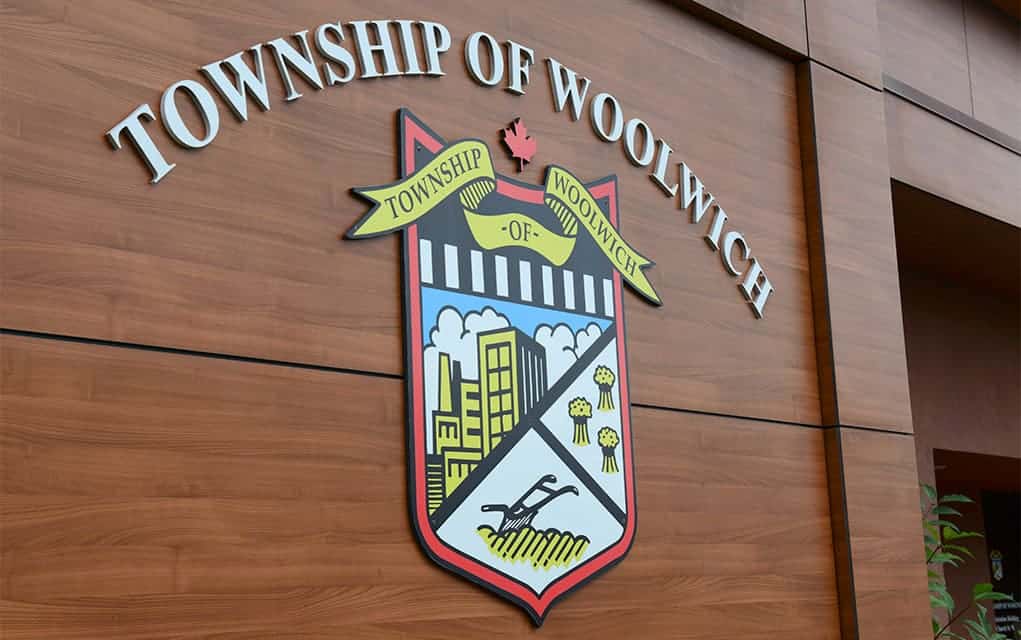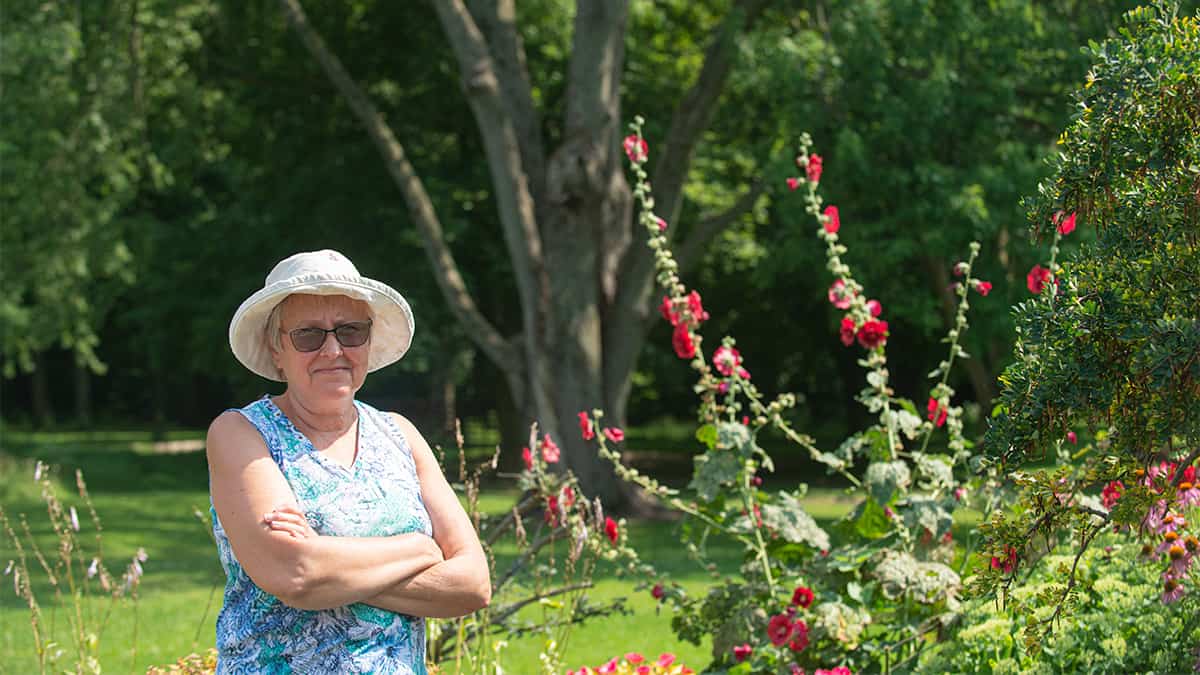A fledging plan to provide a broader mix of housing, including affordable options, will see Woolwich develop options for some township-owned land, including the Kiwanis House site in Elmira.
Meeting Tuesday night, councillors got the ball rolling on declaring the land at 28 South St. W. as surplus, with an eye on eventually seeking proposals for the development of affordable housing on the site.
That idea was part of an in-depth report on increasing housing options, including promoting more rental units, presented by manager of planning Jeremy Vink.
Looking at its own property, the township is also considering housing options for 25 Kissing Bridge Dr., at the corner with Church Street West in the Lunor subdivision.
Currently, most developments in the township involve single-family homes, along with some semi-detached units and townhouses.
“Providing a full range and mix of housing options for all income levels to meet the needs of the community is an objective in the Woolwich strategic plan and official plan. However, what has been provided in the township through development applications is almost entirely market-based housing (i.e., housing priced based on the market), and much of that is in the form of single, semi-detached and row townhouses,” said Vink.
Denser housing such as apartment buildings aren’t plentiful in the township, where there is a dearth of rental properties in particular, he said.
His report calls for a wider range of options, including the likes of boarding houses, as well as the development of mixed communities where people aren’t dependent on cars.
Some of that is encapsulated in provincial regulations for land-use planning, which demand higher densities and less traditional suburban sprawl.
Provincial policies call for a mix of residential types, including single-detached, additional residential units, multi-unit housing, affordable housing and housing for older persons in addition to employment, institutional, recreation, park and open space, and the like, said Vink, noting Ontario’s Places to Grow strategy demands that municipalities move in that direction.
“A Place to Grow goes further to note that many communities are facing issues of housing affordability, which are being driven primarily by sustained population growth and factors such as a lack of housing supply with record low vacancy rates,” he said in his report.
“A Place to Grow helps to address this challenge by providing direction to plan for a range and mix of housing options, including additional residential units and affordable housing and, in particular, higher density housing options that can accommodate a range of household sizes in locations that can provide access to transit and other amenities. What is also noted is that there is a need for stakeholders to work collaboratively to find opportunities to redevelop sites using more age-friendly community design.”
Woolwich has long been focused on traditional suburban development, falling behind on rental options, with studies showing the township’s stock of such units is off by some five per cent.
“We do have some variety of housing, but probably not the percentage that we should have. Hopefully in the next year or so we can get a little better handle on what exactly our needs are, and how we can look at some of these other types of housing and incorporate them in other places,” said Mayor Sandy Shantz of the direction set out by Vink’s housing report.
For Coun. Scott McMillan, labels such as affordable or attainable housing are more than just terms, spelling out a different approach.
“We need to think of affordable housing as not just subsidized housing,” he said, noting there are many people, from young professionals to retirees, who can’t afford the current market rates.
“If we’re going to have low density – just semis, single and towns – in our small towns, we’re not going to have affordable housing. Those types of properties aren’t going to be affordable going forward.”









